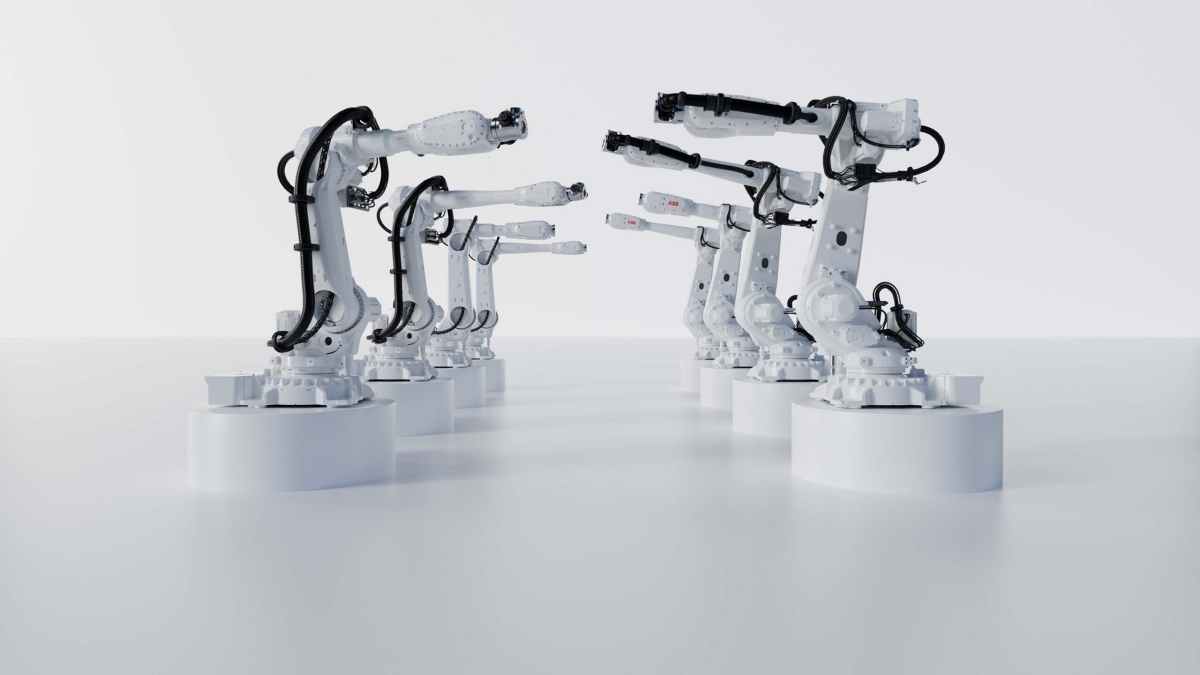
Automobile robots are on the rise as manufacturers look to increase efficiency and production. While many different types of robots are used in this sector, some of the most common include welding, material handling, and assembly line robots. Each type of robot has its unique advantages and can be used to improve various aspects of the manufacturing process. As the automotive industry continues to evolve, it is likely that even more innovative robot applications will be developed and implemented.
Table of Contents
Industrial Robots
Industrial robots are used to perform a wide variety of tasks, such as arc welding and material handling. They can work faster and more accurately than humans, making them a desirable choice for many automotive manufacturers. Robotics technology has also opened up new opportunities for creating customized parts, allowing automakers to build cars with unique designs that can reduce production costs. Industrial robots can also perform tasks that would be too dangerous for humans, such as working with hazardous materials.
Picking Robots
Picking robots can automate processes like material handling and logistics. These robots can pick up components from storage containers or place them on an assembly line conveyor belt. They are often equipped with sensors that allow them to detect the position of parts and objects and vision systems that enable them to locate and grab components accurately. Picking robots can also be used for inventory management, ensuring that assembly lines always have the necessary parts available to complete jobs quickly and reliably.
Robot Arms
Robot arms are industrial robots that can move components around a workspace and manipulate them in ways that humans cannot. They are often used on assembly lines, where they can take parts from one station to another or place them into precise positions for welding or other machining processes. Robot arms typically have multiple joints and can reach into small spaces, making them ideal for carrying out complex tasks.
Painting Robots
Painting robots use automated systems to spray paint onto surfaces quickly and accurately. This application allows manufacturers to produce cars with aesthetically pleasing finishes while reducing waste through increased precision and accuracy. Painting robots are often equipped with advanced sensors and vision systems that allow them to detect the size and shape of objects to apply the coating properly.
Service Robots
Service robots are a relative innovation in the automotive industry. They are typically used for tasks like quality inspection and performing maintenance on vehicles. These robots can autonomously inspect cars and detect problems such as leaks, cracks, and other malfunctions that may need to be addressed. Service robots can also be programmed to carry out car repairs, allowing manufacturers to reduce the time spent on servicing each vehicle.
Collaborative Robots
Collaborative robots (or cobots) are designed to work alongside human workers rather than replace them. These robots can be programmed to perform tasks such as assembly and welding, enabling manufacturers to speed up the production process while keeping labor costs down. Additionally, cobots have sensors that allow them to detect the presence of people and objects in their vicinity. It ensures that accidents are avoided when humans and robots work together on an assembly line.
Autonomous Cars
Autonomous cars are a form of robot technology that is rapidly gaining popularity in the automotive industry. These vehicles use sensors and artificial intelligence (AI) to drive themselves, reducing the risk of accidents caused by human error. Autonomous cars can also communicate with each other and traffic signals, allowing for more efficient navigation and improved road safety.
Conclusion
The use of robots in the automotive industry has become increasingly prevalent over the past decade as manufacturers strive to increase production efficiency while minimizing costs.
Robotics technology is reshaping how cars are designed, built, and serviced, from industrial robots that perform welding and material handling tasks to autonomous cars that operate without human intervention.
As manufacturers continue to explore new ways to utilize robotic technologies, even more applications will likely be developed. Ultimately, robots provide new possibilities for the automotive industry to improve its processes and deliver better products to customers.